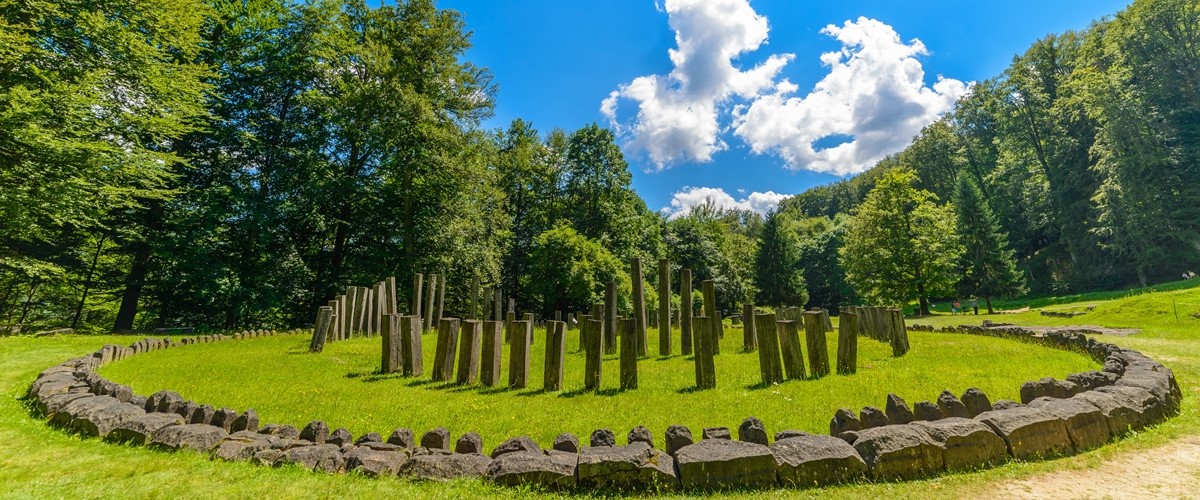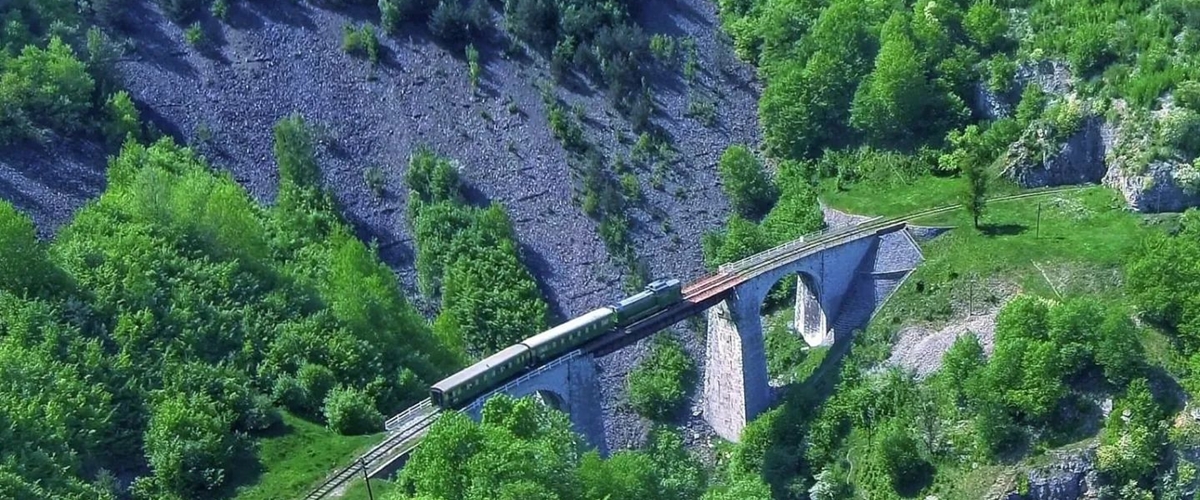Sarmizegetusa Regia
Before the conflicts with the Roman Empire, Sarmizegetusa Regia was the capital and the most significant military, ecclesiastical, and political hub of the Dacians. The castle, built on top of a 1200 m high peak, was the heart of a strategic defensive system in the Orastie Mountains.
Most of the hills seen as you climb towards the stronghold have been terraformed so that they can be livable. The sections are known as the East and West civic wings by experts. Sarmizegetusa Regia measured 4.5km in length and was divided into three primary sections: the holy area, the East and West civic wings, and the fortress.
Today, the remnants of a stronghold dating from the early second century, during the conflicts between Dacians and Romans, can be observed. The internal area is approximately 30.000 square metres and is surrounded by chunks of limestone and andesite.
Sarmizegetusa Regia's sacred area is made up of seven temples, two of which are circular while the rest are quadrilateral. There was also one major altar and a network of water delivery. You could call it Romania's Stonehenge!
Anyone would think there would just be religious structures, but historians claim there have also been residences and artisan workshops. Thousands of iron artefacts have been discovered, including agricultural equipment, gems, ornamental and domestic things.
According to the research, Gradistea de Munte has a pivotal location, while the other citadels guard it. According to historians, the Dacians built about 260 terraces. The majority of them were constructed on the hill's south-eastern slope.
If you wanna visit this place, the perfect time is in the summer, when the forest is green and lush, and the visiting hours are between 9am and 20 pm.





.png)



